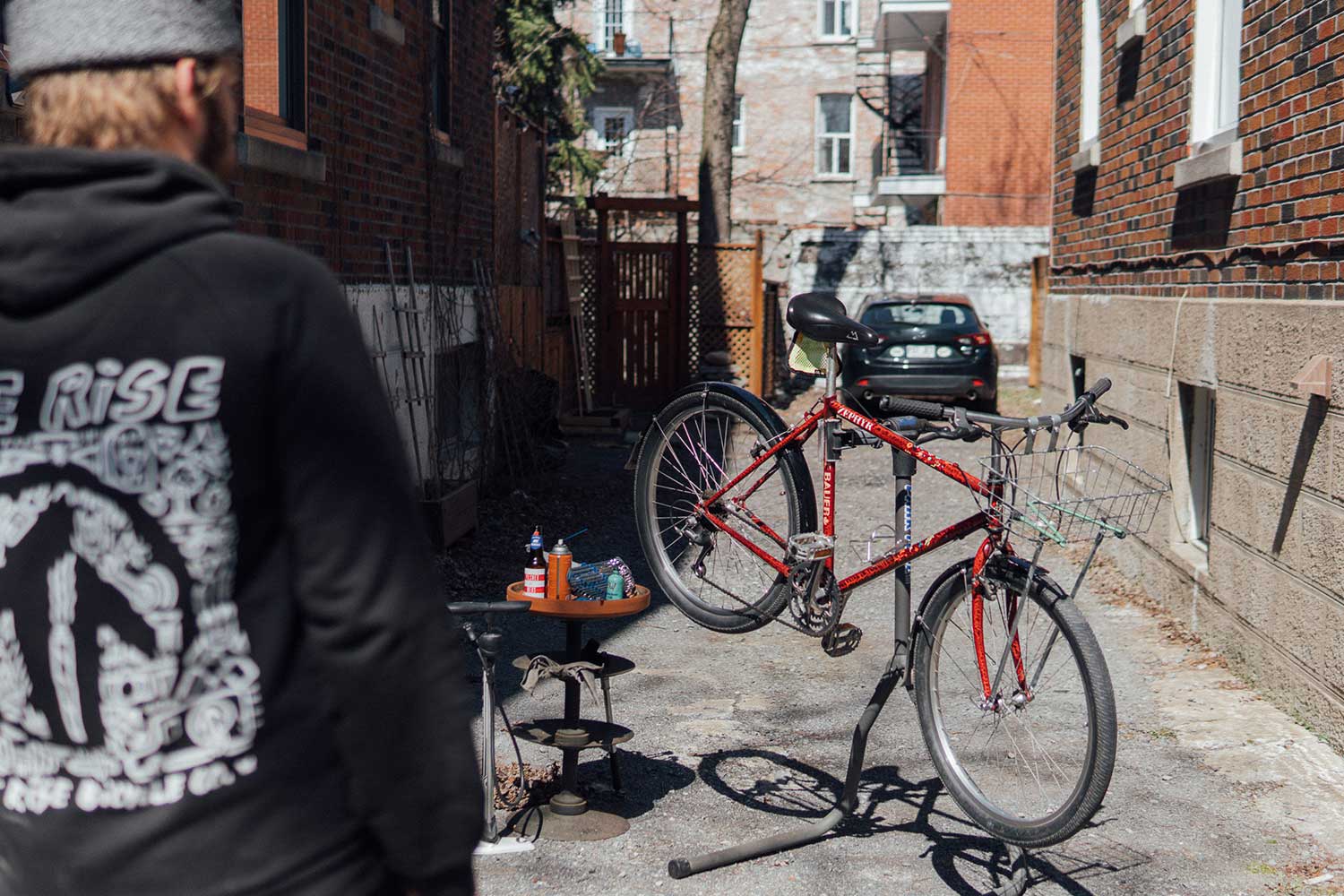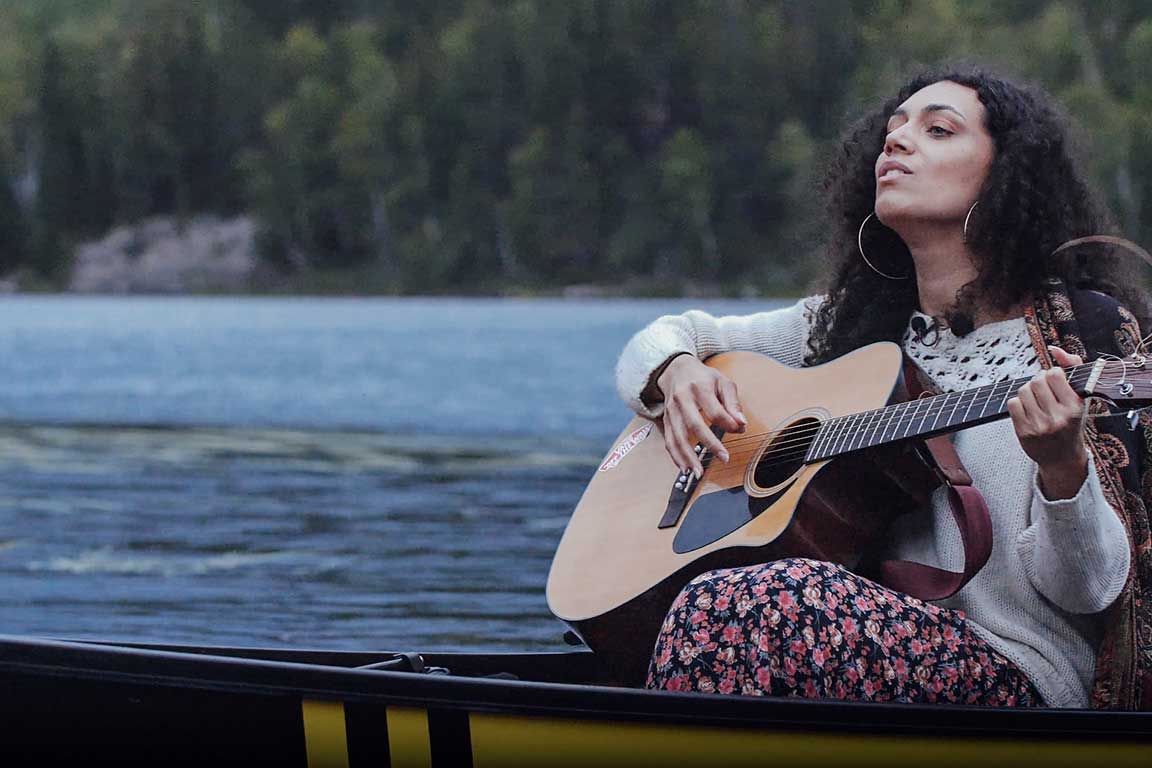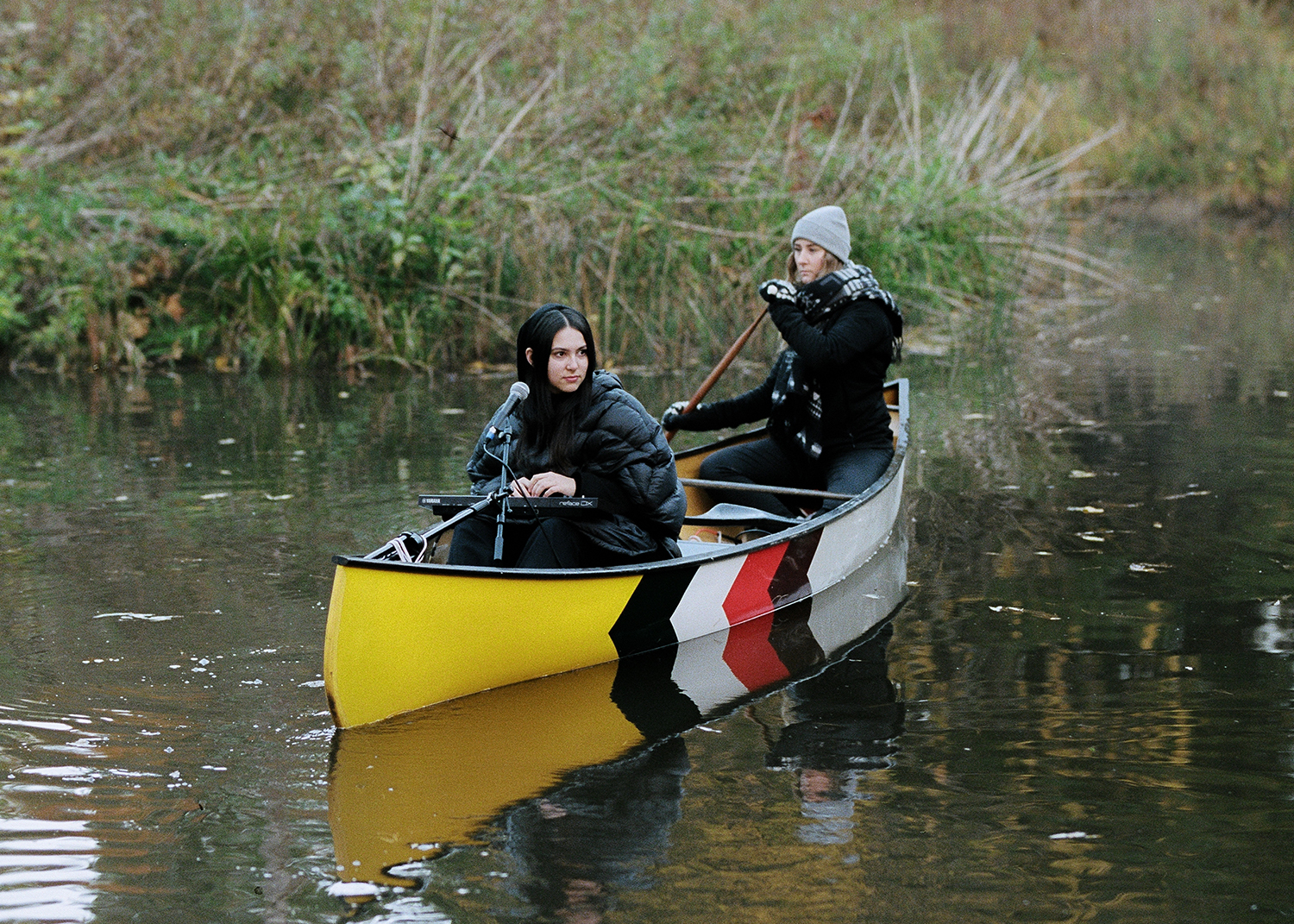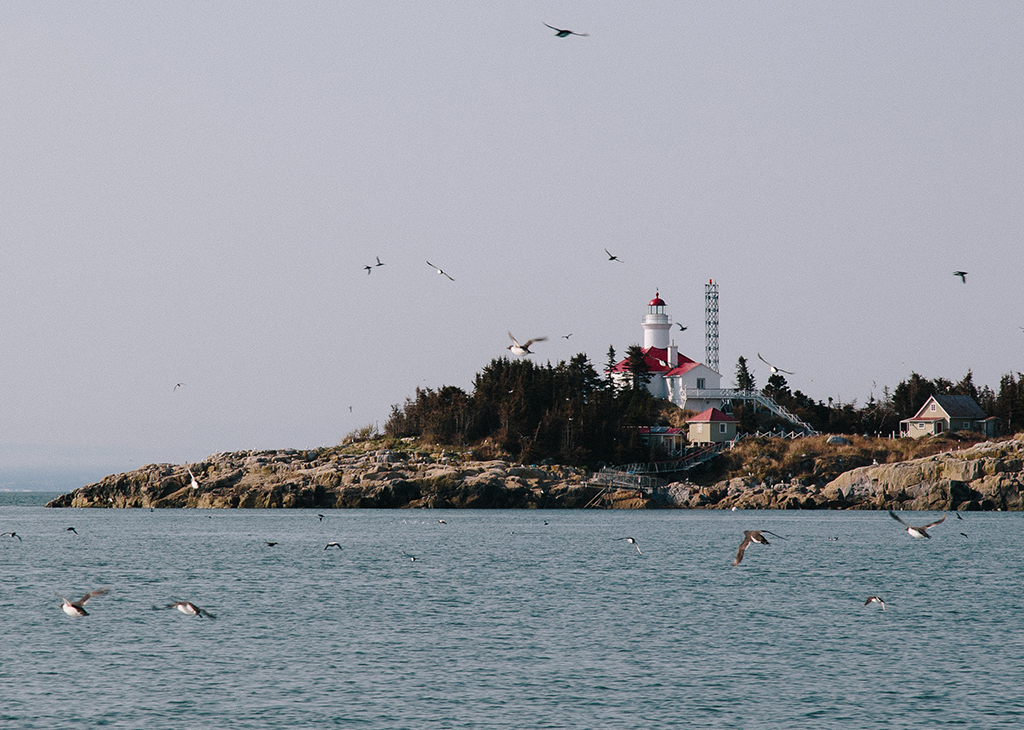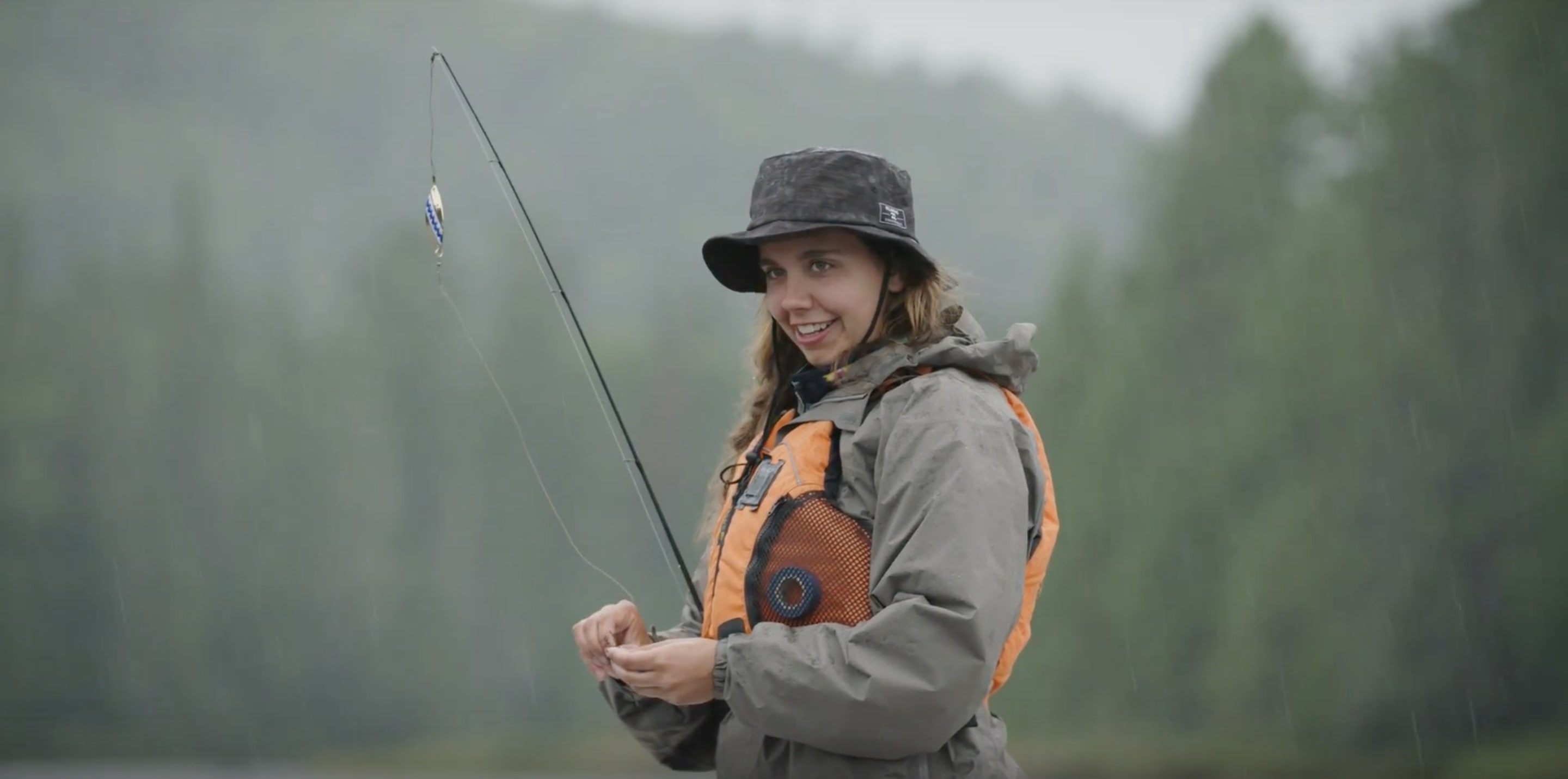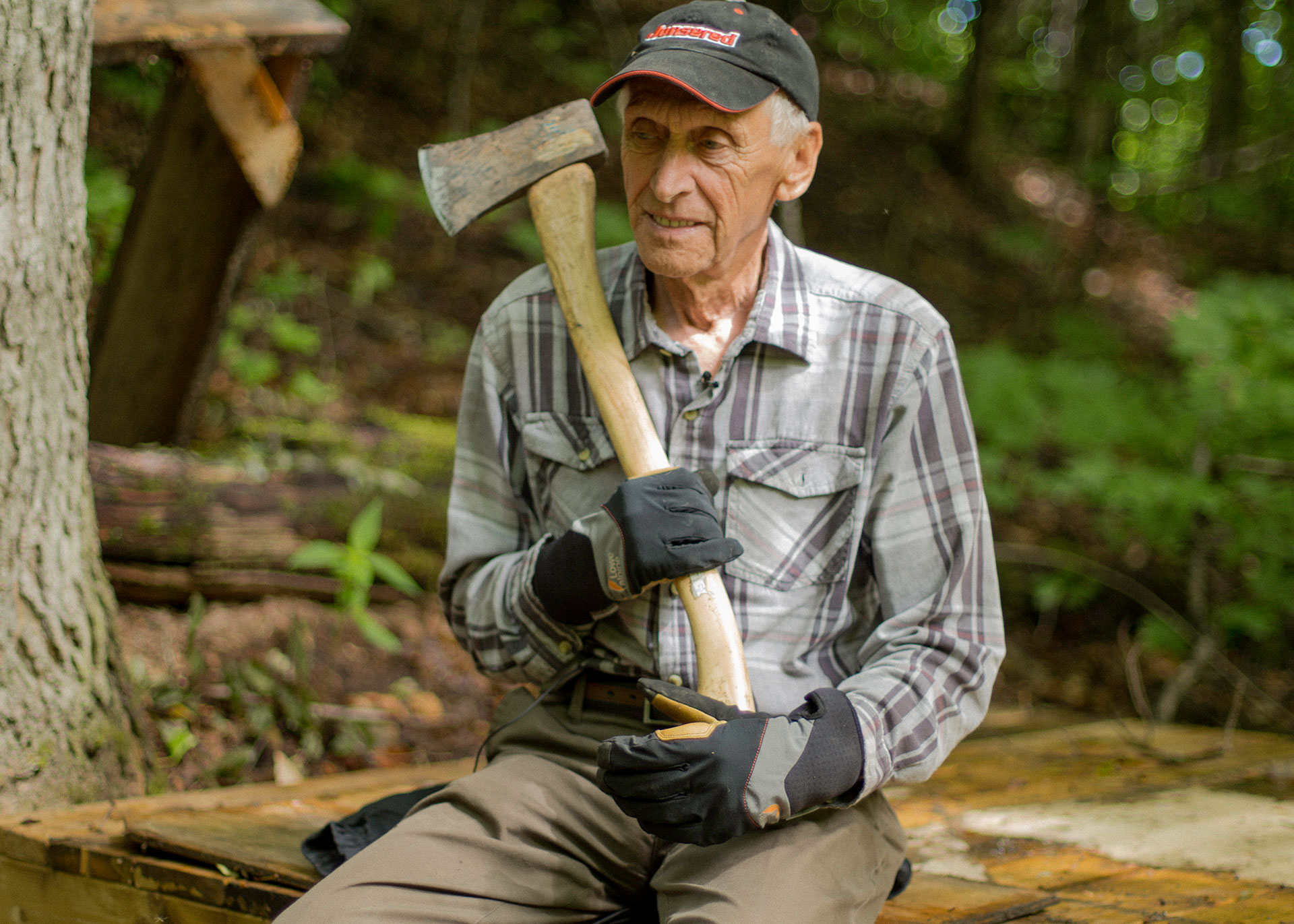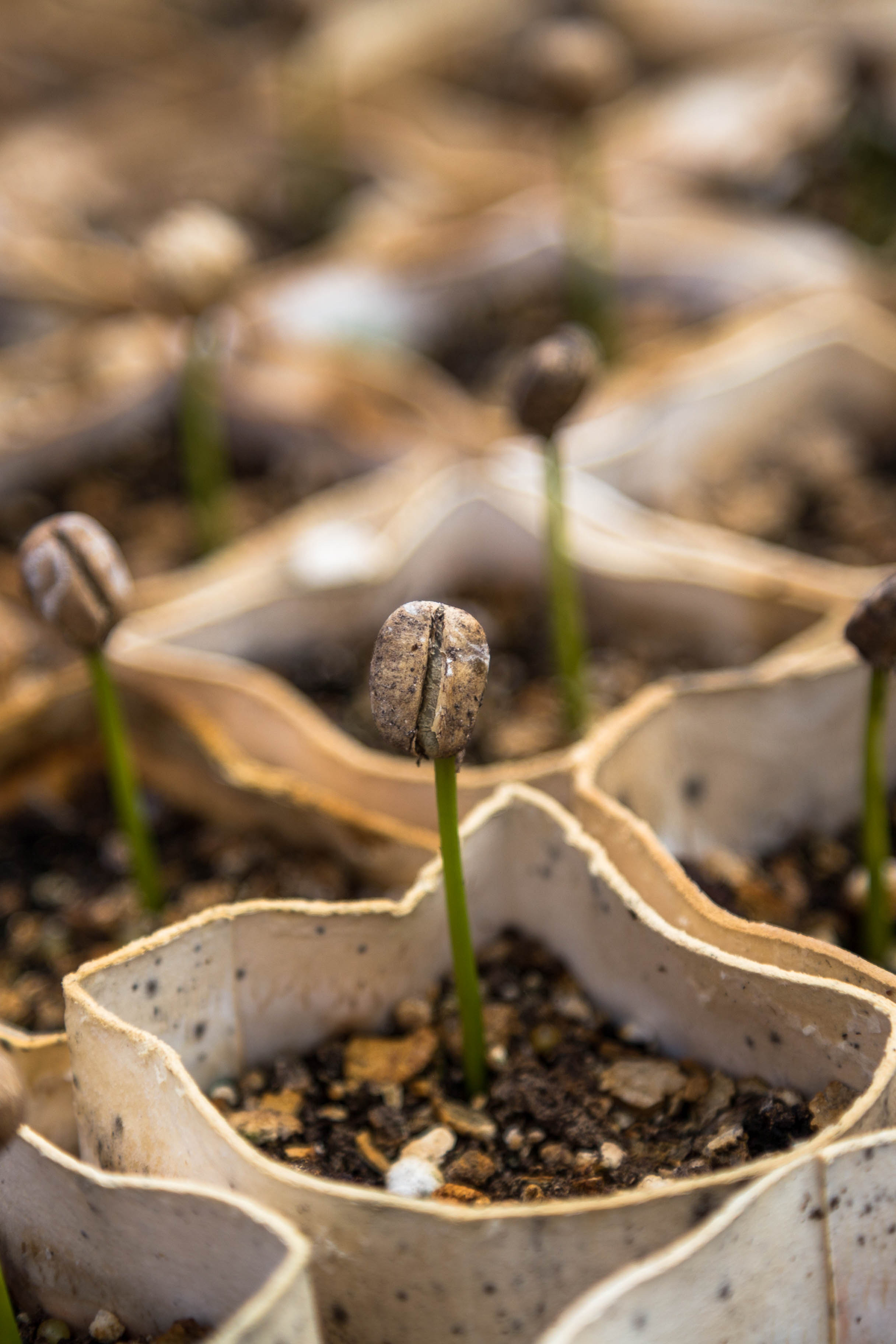Q&A
The future of food is in the sea
A conversation with GreenWave founder Bren Smith.
At his shellfish and seaweed ocean farm, and his non-profit, Greenwave, Bren Smith is creating a simple, replicable system of water-based farming that is regenerative, rehabilitates the oceans, creates jobs, and, likely, is the answer to growing food in the face of climate change.
We all know our oceans cover around 70 per cent of the earth’s surface, but what you might not know is that from them, we extract around just 2 per cent of our food. Which is to say, we’ve likely been spending far too much time, energy, and resources focusing on exactly the wrong places to grow our food—and dumping pollutants into our land and water systems in the process. For this reason, aquaculture, the rearing of animals or the cultivation of plants underwater, is almost certainly our most significant future source of food on this planet — as long as we do it right. And that’s the part that Bren Smith, owner of Thimble Island Ocean Farm and Executive Director of Greenwave, a non-profit that teaches others how to create aquaculture farms of their own, is dedicating his life to.
Currently at Greenwave, there are applicants from every waterside state, and from around the world, looking to take the model that Smith created and replicate it. With the potential of this model to spur an entirely new global economy and restore health to our oceans, it’s not surprising that the man behind it is not your average fisherman. Or average anything, really. Smith dropped out of high school at age 14 to work on the ocean. Boats and fishing were in his blood, having grown up in Newfoundland in a town called Petty Harbour, where fishing permeated the culture. Smith also worked various unglamorous jobs: as a night janitor in a hospital emergency room, where he “cleaned puke and blood all night”; he drove a truck; and, on the streets of New York City, he sold “wood crap” that he made (and made good money doing it, he noted). In short, said Smith, “I was hustling.”

But eventually, the pull of the ocean won. He tried to get into aquaculture school in Newfoundland, in St. John’s. Thinking it would help his chances of admittance, he bought a suit and wore it to the interview. It didn’t work. “You still need a resumé,” Smith said with his casual, roll-with-the-punches sense of humour. His years of fishing and hustling did not equate to an adequate work history. Then Smith heard that, for the first time in 150 years, an area off Long Island Sound was opening shellfishing grounds. There, he leased space to harvest oysters. But after years on the water fishing in boats, Smith was bored. “I was also terrible at it,” he added. But then, because Smith is, well, Smith, he got good at it — eventually — and fought his way into oyster farm success, despite never having learned to swim. And then came Hurricanes Irene and Sandy. He lost everything, and nearly drowned in a herculean effort to save what he could (like many northern fisherman, he says, Smith never learned to swim).
Today, at Thimble Island Ocean Farm, off the coast of Connecticut, Smith has designed a simple yet innovative system of floating scaffolding, upon which multiple species of bivalves and a single variety of seaweed grow in great proportions. Not only does Smith’s cultivation of scallops, mussels, clams, oysters, and sugar kelp produce a relatively immense amount of food within a comparatively scant space (just 20 acres), environmentally and nutritionally, it blows the analogous agricultural products — like soy and corn — out of the water. Smith says that mother nature gave us two technologies: seaweed and shellfish. Both are regenerative; they need neither feed, fertilizer, nor fresh water to grow. They filter and clean their food — nitrogen and phosphorous, as well as carbon dioxide from combustible fossil fuels — from the ocean water they live in, and they are rich in omega-3s and lean proteins. When processed, they can be turned into biofuels and feed for agriculture, helping to close the loop between land- and water-based farming. Inspired by his ingenuity and vision, I talked to Smith by phone to learn more about his work and his unlikely path from fisherman to kelp farmer, to — fingers crossed — global food system disruptor. I asked him why he loves working in the ocean, if it means more to him than just what he’d been born into. “I love it for the mix of adventure and humility,” he told me. “Just being a speck in an ocean is a great feeling.”


–
Q&A
BESIDE: After years of working the ocean, how, eventually, did you land on kelp?
Smith: I was learning more about how sensitive oysters were, due to climate change. But what I learned from oysters is that you can grow things that require no water, no feed, no fertilizer, and zero food input. Oysters are also restorative: they filter 189 litres of water a day, pulling nitrogen out of the water. So I started looking for other species that, just like oysters, are also restorative and require no input, and I found Dr. Charlie Yarish’s world-renowned research on seaweed farming, kelp especially. And so what I did was diversify my farm to grow multiple shellfish and embed seaweed in the farm. It wasn’t a discovery of kelp; it was a discovery of polyculture. Kelp makes sense in my area because of the climate. It’s a winter crop, you get so much density per foot, it works in the rotation of my other crops very well, and it is extremely mild-tasting when it’s cooked, so it allows us to de-sushify it. But I think the innovation was lifting it off the bottom of the sea floor, and starting to use the whole water column. I have a small footprint but grow an incredible amount of food. It is a simple structure and therefore really replicable.
It is the nail salon model for the sea.
All you need is $20,000 and a boat and 20 acres.
BESIDE: What does the future of Greenwave look like?
Smith: We train and we do R & D. And we are developing an open-source manual so that anybody can take it and do this. And then we have our policy work. It is really not “legal” to grow some of these crops — it is not illegal, but in New York State it is not legal to grow seaweed because it’s just never been done before. So there’s no regulation and you’re only allowed to grow certain things. We’re having to write legislation in states to start to make it happen. With our partner, Patagonia, we’re also doing farmer-led code of conduct with the industry. And here in New England and in Santa Barbara, California, we’re opening new floating classrooms, too.
BESIDE: Has there been anything in aquaculture that looked like this before?
Smith: I think what I did was synthesized. This industry is literally a thousand years old. There are two veins in aquaculture: High-input, industrial aquaculture, growing around what people want to eat — salmon and tuna, things that have high input and capital and are intensively polluting and not sensitive. But there is a 1,000-year-old vein that asks what oceans can provide. And what makes sense to grow, and is easy to grow. It goes back to Native Americans in the Pacific Northwest. They built walls of protection for clam growth, and it goes all the way through to Asian cultures growing seaweed. What I did is take all different systems out there and synthesized them into something simple and replicable, that created the first vertical polyculture farm. I stole and borrowed and synthesized.
BESIDE: I think that’s what all recognized geniuses do. They steal.
Smith: Yeah, exactly, there is nothing wrong with that. And that is also why we are an open-source model. I didn’t franchise anything. That’s why we created Greenwave, our non-profit, as a new way to train a new generation. I did this not so I can become kelp king, but so there can be thousands of new farms in restorative farming and to breathe life back into our oceans.
BESIDE: That’s interesting, though, because I heard you say that you’re not trying to “save” the ocean. What did you mean by that?
Smith: Really what I am is a steward. I’m there to help the ocean heal itself. In many ways, we’re just lucky that most sustainable, restorative food is also extremely affordable to grow. And my take is that in the climate economy, as water prices and fertilizer prices go up, producing zero-input food is going to mean it is cheap to grow, and we’re going to be eating sea greens and bivalves at the center of the plate, and wild fish at the edges. The question is whether it will be delicious or if it will be like force-feeding cod liver oil.
This is a culinary moment for chefs. Their job is to make disgusting things delicious and beautiful, and if they can’t, they should quit their jobs. I’m here to be a climate farmer.”
And then to hand them their crops and their job is to create something delicious and beautiful and fun. There are ten thousand edible plants in the ocean, and a couple hundred kinds of shellfish.
BESIDE: That does sound like a pretty incredible culinary moment.
Smith: There are arugulas and kales and tomatoes that chefs have never seen before in the ocean, and never cooked. And as the food system gets pushed out to sea, through droughts and fires, it will become extremely interesting and exciting and will be an exploration into an entirely new kind of cuisine.


BESIDE: How many farmers are you working with at Greenwave?
Smith: There is a request to start farms in every coastal state and country. This is the new face of environmentalism. It is not about stopping pipelines, it’s about saying what are we going to build? This could be the biggest job creator since World War II. Oceans are blank slates. And if you look at the history of aquaculture and do it right, and build it from the bottom up, and make sure it’s poly, not monoculture, and make sure low-income people can access it, that is a chance to really do food right, and that is very exciting.
It’s a global economy driven by the climate crisis. It has our back against the wall and makes us innovative.
BESIDE: How do you think land-based farmers will react to this necessary shift?
Smith: When it comes to circular economies, this is one of the interesting spaces it is moving into — soil and seed polyculture. What does it look like to have a regenerative circular economy and break down the barrier between land and sea? Can farmers farm kelp in winter and kale in the summer and spring? What does it look like for migrant labor to not have to follow crops and cross thousands of miles, but stay local and on farms here and share infrastructure to combine products, to make mushroom kelp jerky, and to share nutrients? One of our best products we sell is fertilizer, because even the best organic farms are leaching nitrogen into the water column, and they soak that in with kelp, and we turn it into fertilizer and sell to farmers, creating a loop. We ask farmers: What lessons should we be learning as we go into the oceans? You, as land-based farmers, how should we be thinking about this? And what sort of opportunities are at the water’s edge? Spaces for circular economies are at the edges of the system, and that’s where we want to find those solutions and creativity.
BESIDE: Does it seem there is enthusiasm among land-based farmers for this kind of innovation?
Smith: There are two things going on. There is an incredible amount of young land-based farmers who want to start ocean-based farms. They can’t afford land infrastructure. But it is 25 bucks an acre to have an ocean farm. The barrier to entry to this stuff is so low. And actually, forget everything else. The secret to replication is the fact that we don’t have to feed anything and fight gravity and water is cheap. We don’t own the water. What we own is the right to grow shellfish and seaweed with our own process. There is no property, and anybody can fish on a farm. And you can dive through the kelp forest. The best commercial fishing in the area is on our farm, because there is so much activity. So we’re trying to protect the commons, but the land-based farmers, a lot of them are coming from a long tradition of using seaweed for cattle feed, going back hundreds of years. You can find pictures of Great Depression farmers collecting kelp. The link is already there, but it hasn’t been deliberately thought through, and there hasn’t been a system created around it. And that will benefit a whole bunch of people in different sectors, so it hasn’t been hard. Good farmers also know they’re bleeding nitrogen into waterways, and they are very, very aware of that and the fact that we’re able to help. ■




